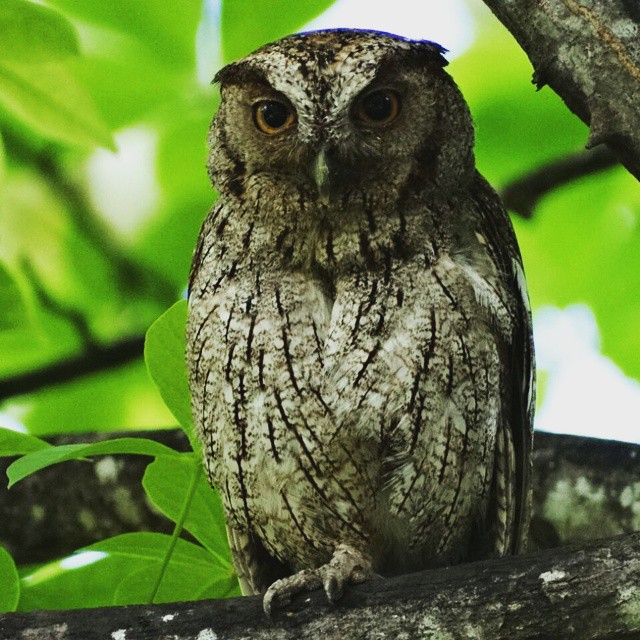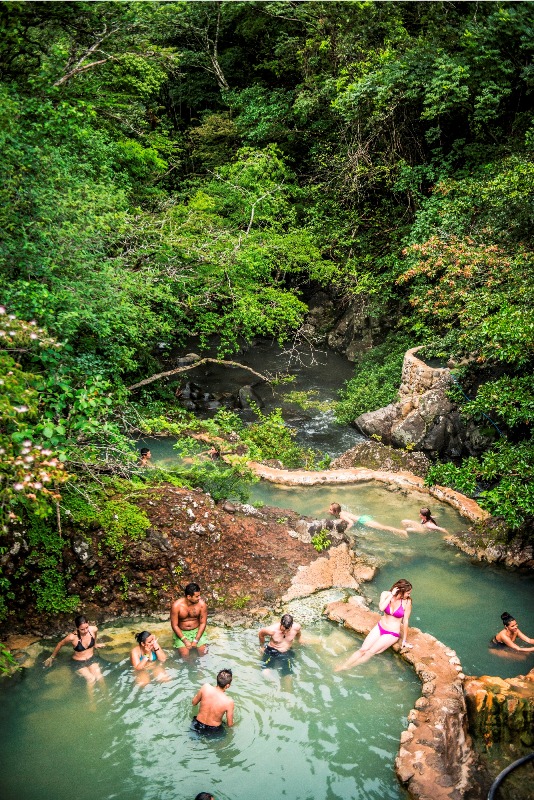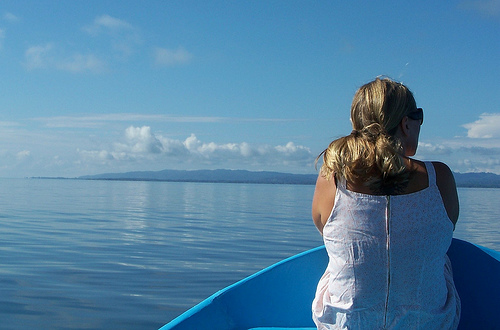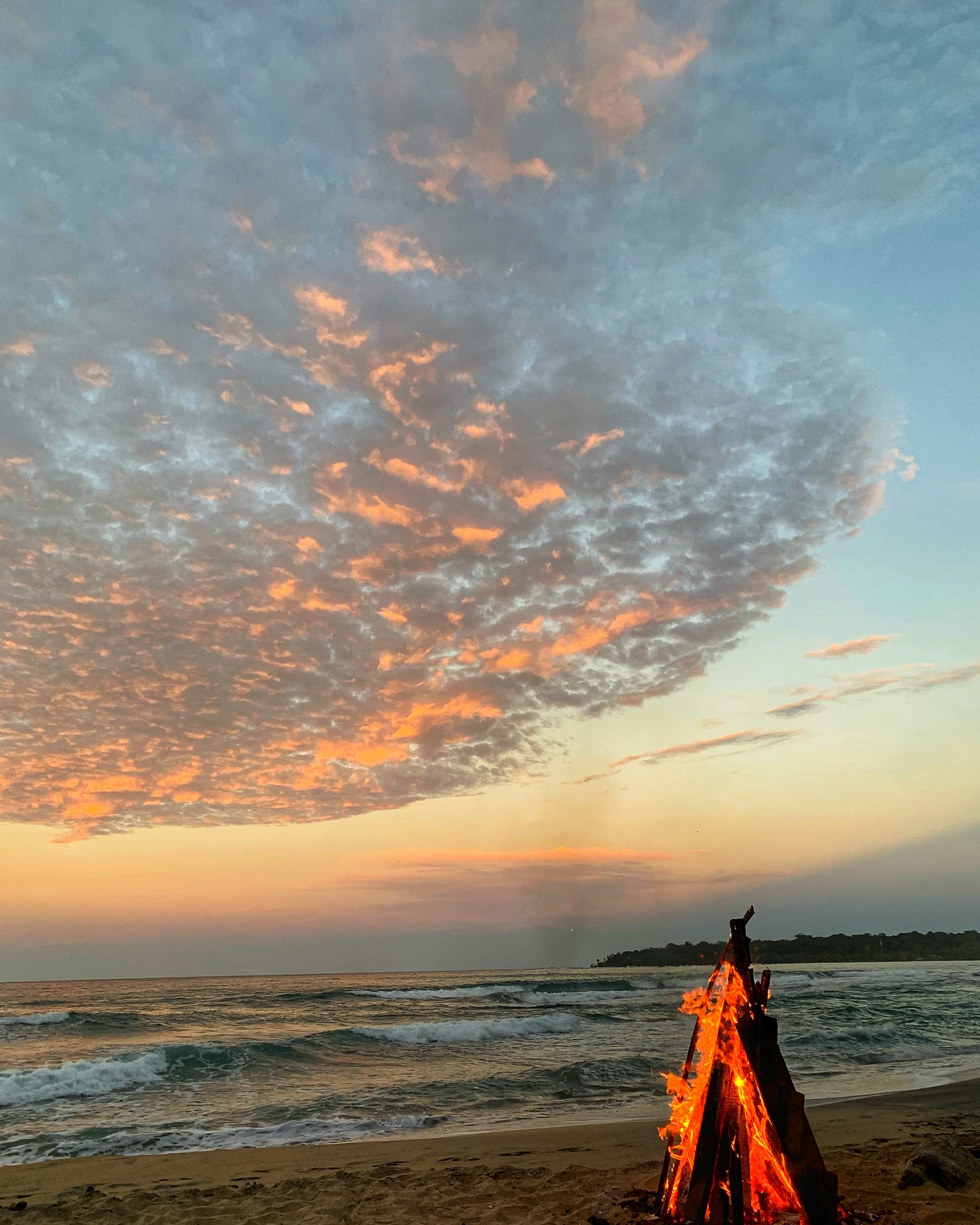Its endless beaches are probably Guanacaste’s top attraction, and there are varied topographies and activities to enjoy. Birdwatching is certainly one of them. There are national parks and reserves protecting habitats and nesting grounds of important bird species. Read on for details and contact Guanacaste Tours for a personalized, and you can observe marine birds including Pelicans, Frigates, Parrots and the endangered Jabiru, one of the largest aquatic bird species in the world.
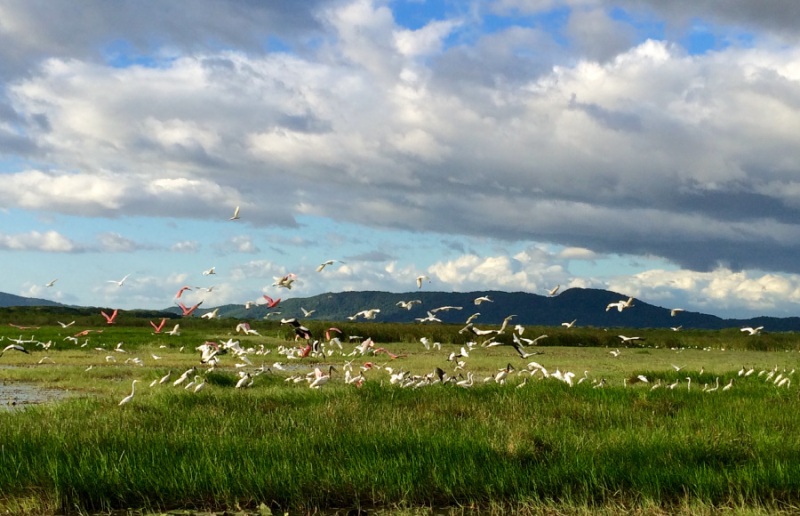
Palo Verde National Park
This oasis is an obligatory spot for migratory birds traveling North or South depending on the season. Important work has been done in the last few years in these wetlands and marshes cleaning invasive plant species that were covering canals and obstructing the water’s flow during the dry season. This has created more “water mirrors” reflecting the sun and visible for birds as they fly overhead, inviting them to return. Bird Island is part of this protected area, and can be observed in a boat tour up the Rio Tempisque River.
Bolanos Island Reserve
Enjoy a boat trip to this tiny island, the country’s smallest wildlife reserve. It protects nesting sites for Magnificent Frigate Birds which can be seen November through June as well as Brown Pelicans, which nest for a couple of months during January and February.
Rincon de la Vieja National Park
Travel further island, where the region surrounding the Rincon de la Vieja Volcano is replete with birdwatching opportunities due to its diverse ecosystems. Over 300 different species have been identified in the area, including the Spectacled Owl, the Currasow and the Montezuma Oropendola. Hike its trails and be rewarded by a spectacular waterfall.

Costa Rica is one of the top ten birding spots in the world. Get up early and listen and observe while you drink your coffee, you might not even need to leave your seat and beautiful tropical birds will come for a visit. Contact Guanacaste Tours for detailed tour options, nature guides and a personalized itinerary, and observe and listen to new species so you can check them off your list.
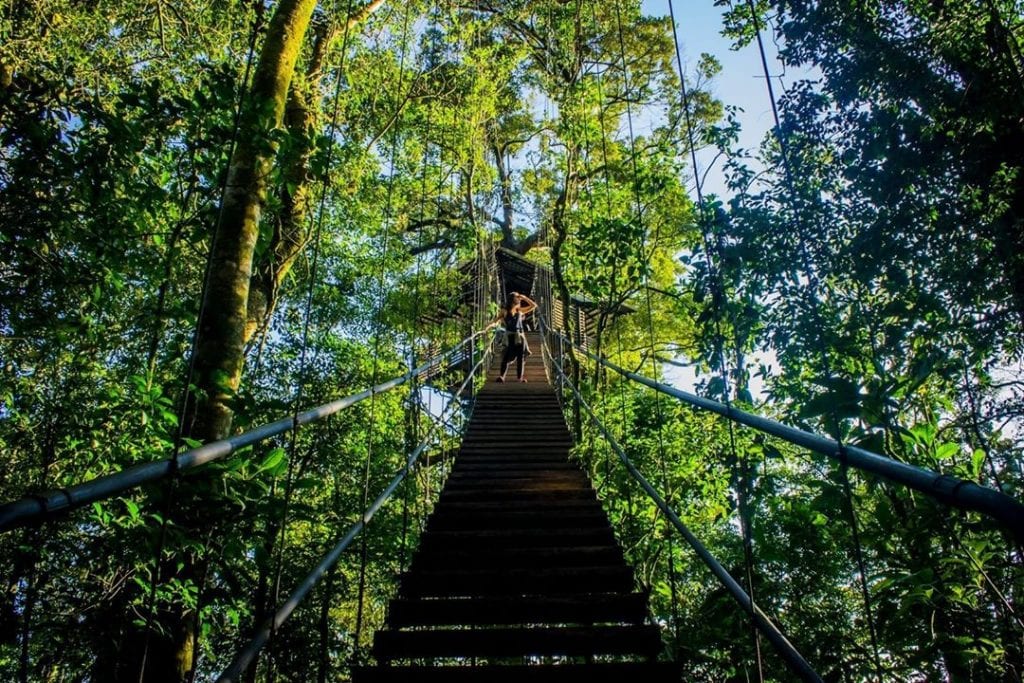
Article by Katie Widdowson






